PHUKET, June 2 — The custardy chew of the steamed rice cake. The fragrant kiss of dried shrimps. The whisper-thin crunch of fried shallots. These are the taste and textures of kiam kuih that I recognise from my childhood, a street food from yesteryear.
But something is different.
Could it be the caramelised tamarind and chilli sauce, sweet and spicy in equal measure? Or perhaps the use of organic rice flour and the decidedly non-traditional topping of succulent blue swimmer crab?
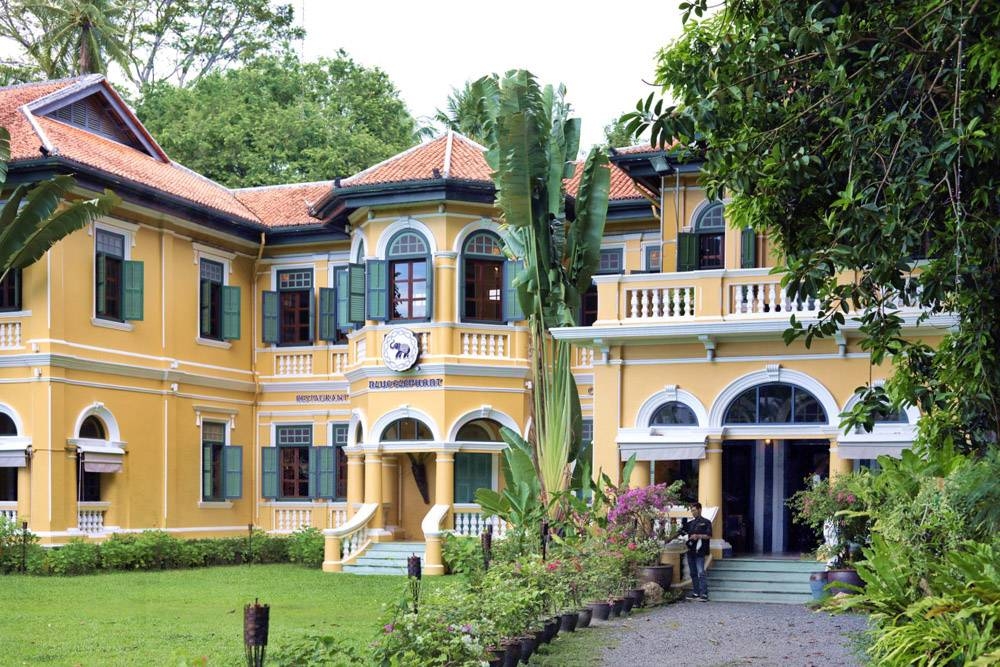
Or could it be the fact I am not in Melaka, but in Phuket?
I have written before about how the flavours of my hometown are never far away. Some of these memories are indelibly tied to the sweet-savoury taste of a Nyonya chang or a comforting bowl of ayam pongteh. These are part of my hometown’s Peranakan heritage.
And it’s not only Melaka. I have experienced these flavours up north in Penang and further south in Singapore. The trio were former Straits Settlements during the British colonial era; these are the trinity of Peranakan cuisine. There are no others.
Or so I thought.
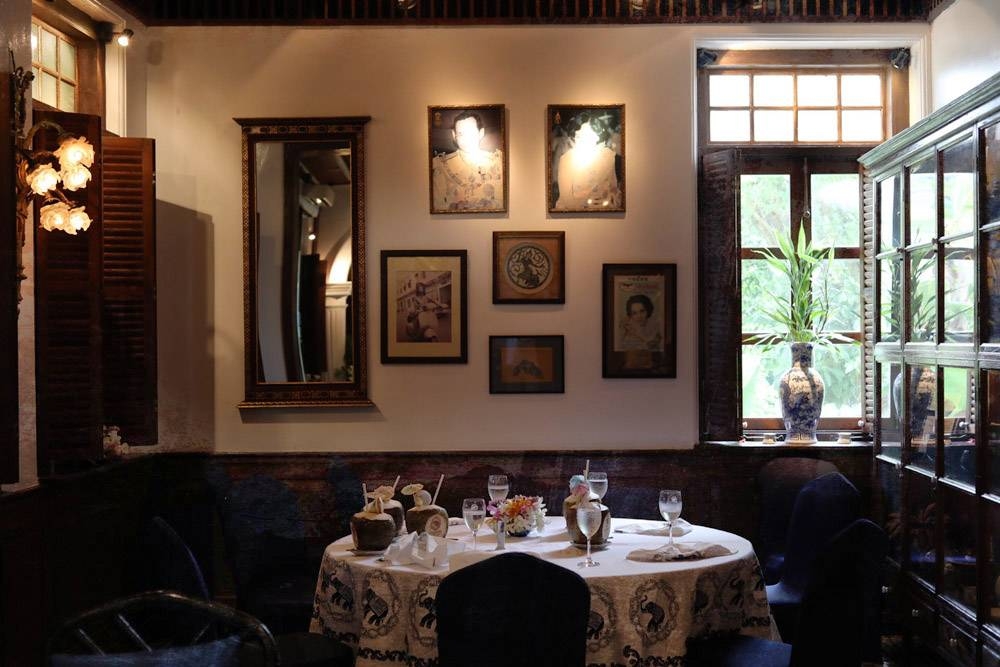
When I interviewed Peranakan culture activist Dr Lee Su Kim some years ago, she shared how there are other Peranakan communities elsewhere, from Kelantan and Terengganu on the East Coast to other Peranakan hubs in the region such as Indonesia and Vietnam.
And then there is Phuket.
I have always associated the island in southern Thailand with sandy beaches and sunbathing German tourists. Clearly I had spent more time on the shores of the beautiful Andaman Sea during my previous visit than I had exploring Phuket’s Old Town.
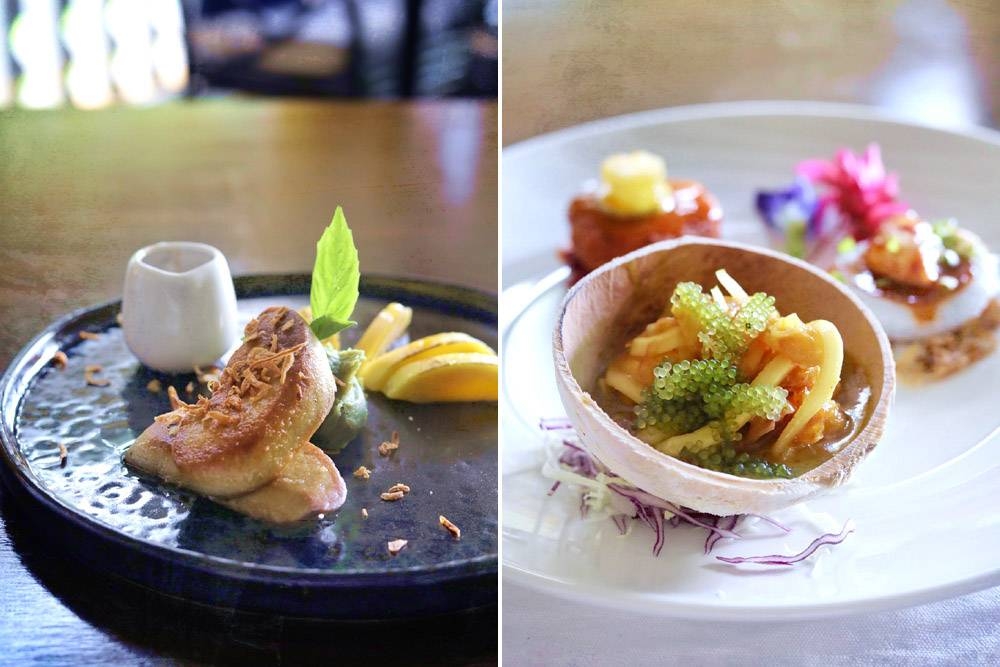
It’s high time to rectify that now and reconnect with a shared culture I never knew existed. Past the iconic Sino-Portuguese townhouses (now painted in a rainbow of pastel hues) along Soi Dibuk, and after turning left into Soi Satun where old shops and modern pet hotels sit side by side, is the entrance to a secret garden.
The well kept lawn, the gravel strewn path, the generous shade of larger trees. The flowers blooming in pots on either side of us as we approached the front door — pink and white bougainvillea, impossibly elegant orchids.
The lemon-mustard walls and louvre shutters of the Sino-Portuguese mansion are striking, certainly. As is the century-old banyan tree that greets us outside the entrance.
But more so what awaits us within. Once seated, we are offered a choice between Chef Nooror Somany Steppe’s southern Thai classics or her uniquely Phuketian Peranakan menu.
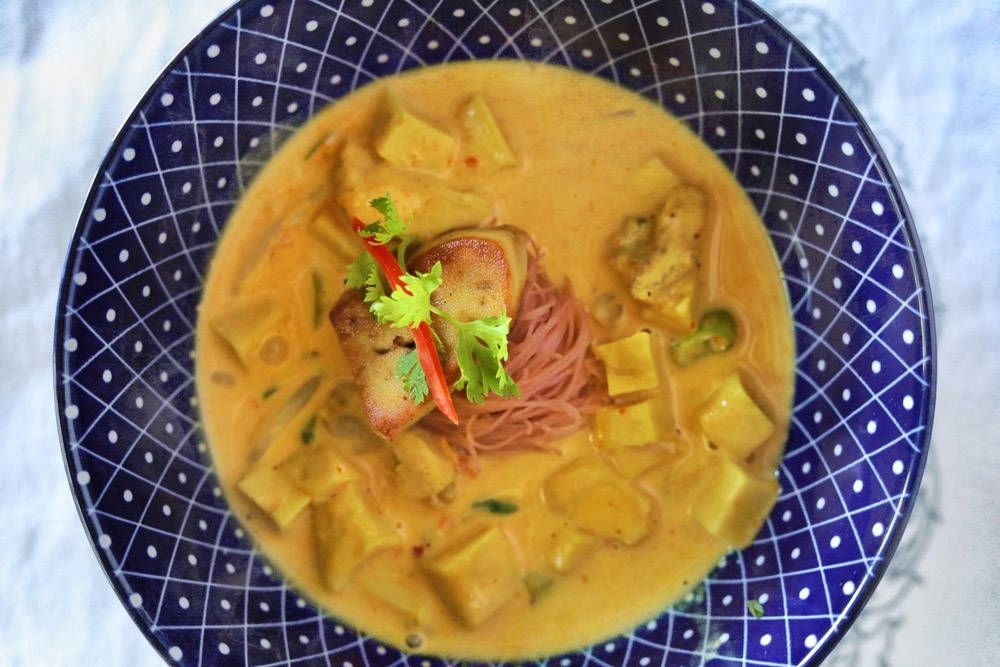
How could we say no to the latter?
Born in the Chachoengsao province, Chef Nooror was trained by her mother from a young age on the finer points of Thai cooking. After marrying Karl Steppe, a Belgian art dealer, the couple opened the first Blue Elephant in Brussels over four decades ago. Today, besides Phuket, there are Blue Elephant restaurants in Bangkok, Malta and Copenhagen.
That sense of global gastronomy pervades our starters with contemporary flourishes such as edible flowers, fine plating and even foie gras.
To be fair, this dish isn’t part of Chef Nooror’s Peranakan menu; we couldn’t resist learning whether the Landes free-range foie gras would work well with quintessential Thai flavours such as caramelised Nam Dok Mai mango and sweet potato mashed with bai horapa (Thai sweet basil).
It does, wonderfully so.
For our starters, besides the aforementioned Thai kiam kuih (pronounced as giam goi locally), there is also a Phuketian fish cake, redolent of coconut and organic kaffir lime leaves. The showstopper is the sam bai kor leang: spiced with bird’s eye chillies, the deep-sea tiger prawns are adorned with sea grapes, strips of young coconut flesh and red holy basil.
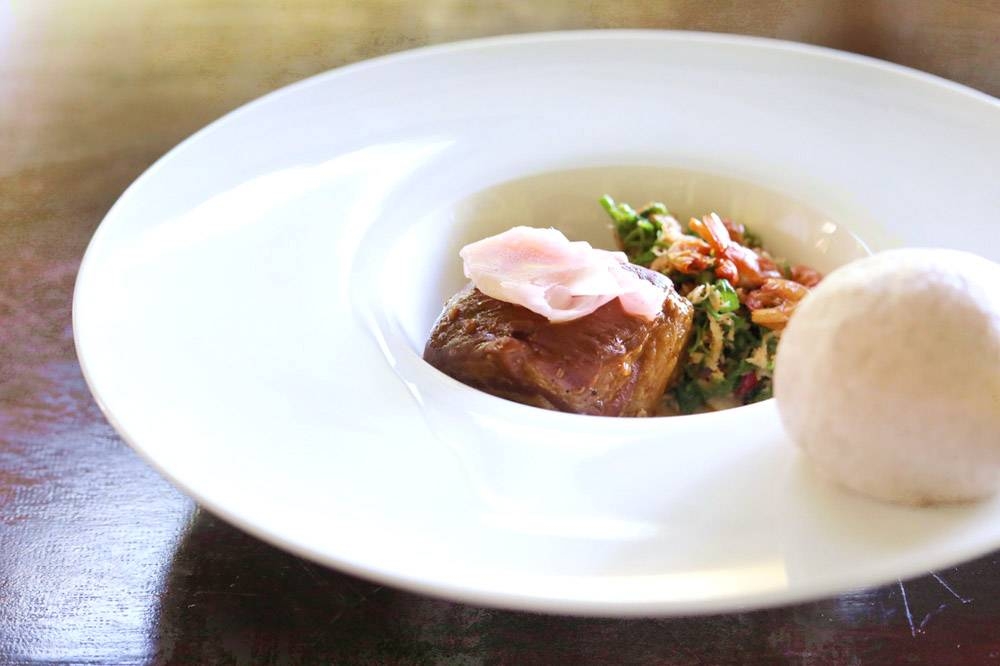
With every bite you imagine, The sea, the sea!
The soup course comes in the form of kraree mai fhan, which at first glance resembles a hearty bowl of curry noodles. Closer inspection reveals gently simmered free range chicken and a homemade curry rich in coconut milk. Foie gras makes another decadent yet welcome appearance here.
Beyond such luxurious notes, what lends credence to Chef Nooror’s Peranakan menu is how the recipes are developed in collaboration with the Peranakan Phuket Association and Rajabhat University. The recipe for the aforementioned kraree mai fhan, for instance, was taught by the mother of Dr Kosol Tang-Uthai, Phuket City’s Deputy Mayor and the President of Peranakan Phuket Association.
Our mains continue the nostalgic yet different trend. Organic pork belly is used for moo hong, caramelised with the familiar flavours of soy sauce and palm sugar. The mantou bun that accompanies it is made from riceberry, a cross-breed of purple Jao Hom Nin rice and Hom Mali rice that I have used in the past for a nuttier and more nutritious fried rice.
Our server tells us that the tumee seabass is based on a heritage Phuketian Peranakan recipe. Perfumed with fenugreek and turmeric, there are also hints of fermented Thai black garlic. It tastes like home — a home away from home.
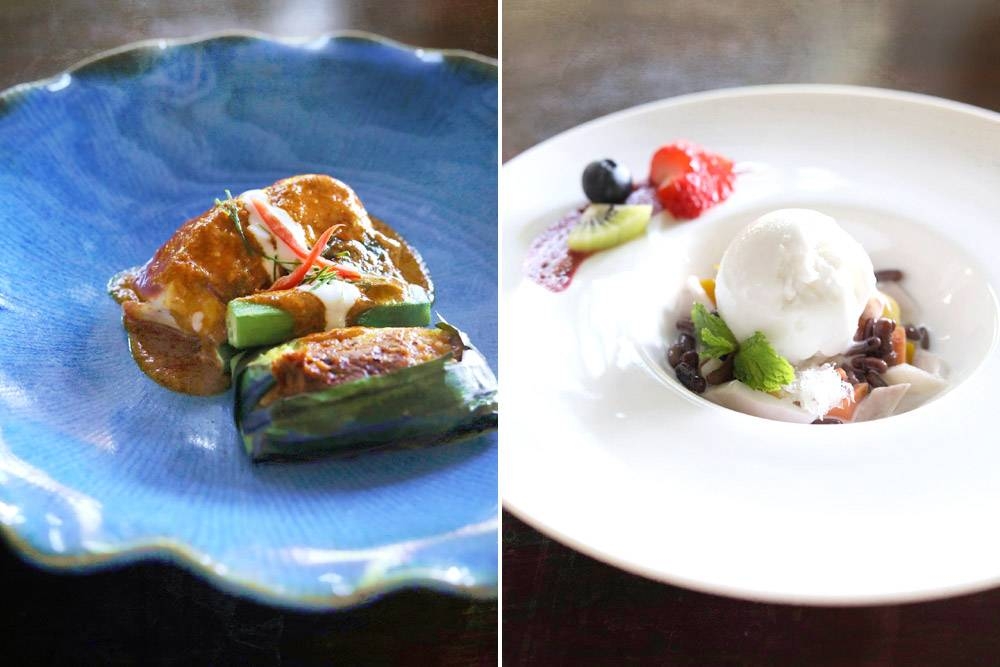
To finish, we enjoy some tubo, a Phuketian dessert that resembles our bubur cha cha albeit in deconstructed form. Red beans, nuggets of ginkgo, sweet potato, taro and a few barely there strands of Andaman bird’s nest, all brought together with thick coconut cream.
What a surprising meal, and how strange and delightful to find familiar flavours where we least expect them. This is why we travel, surely, so that we may go home and see our blessings more clearly.
Blue Elephant Phuket
96 Soi Krabi, Talat Nuea, Phuket
Open daily 11:30am-9:30pm
Tel: +66 76 354 355
blueelephant.com/phuket-restaurant/
For more slice-of-life stories, visit lifeforbeginners.com.






















